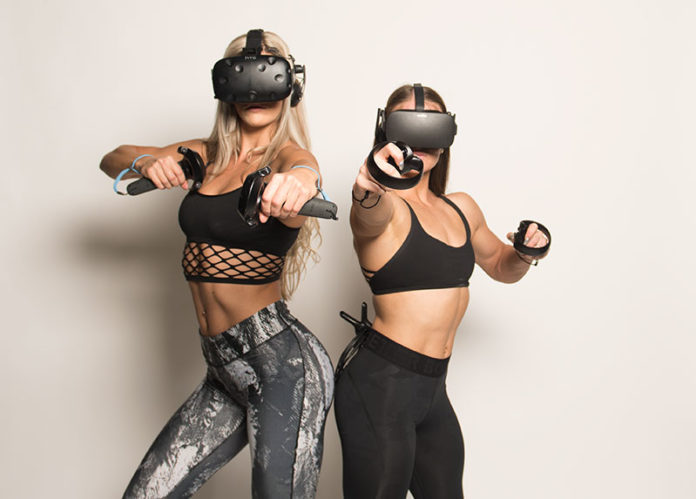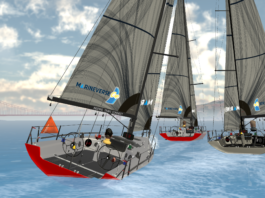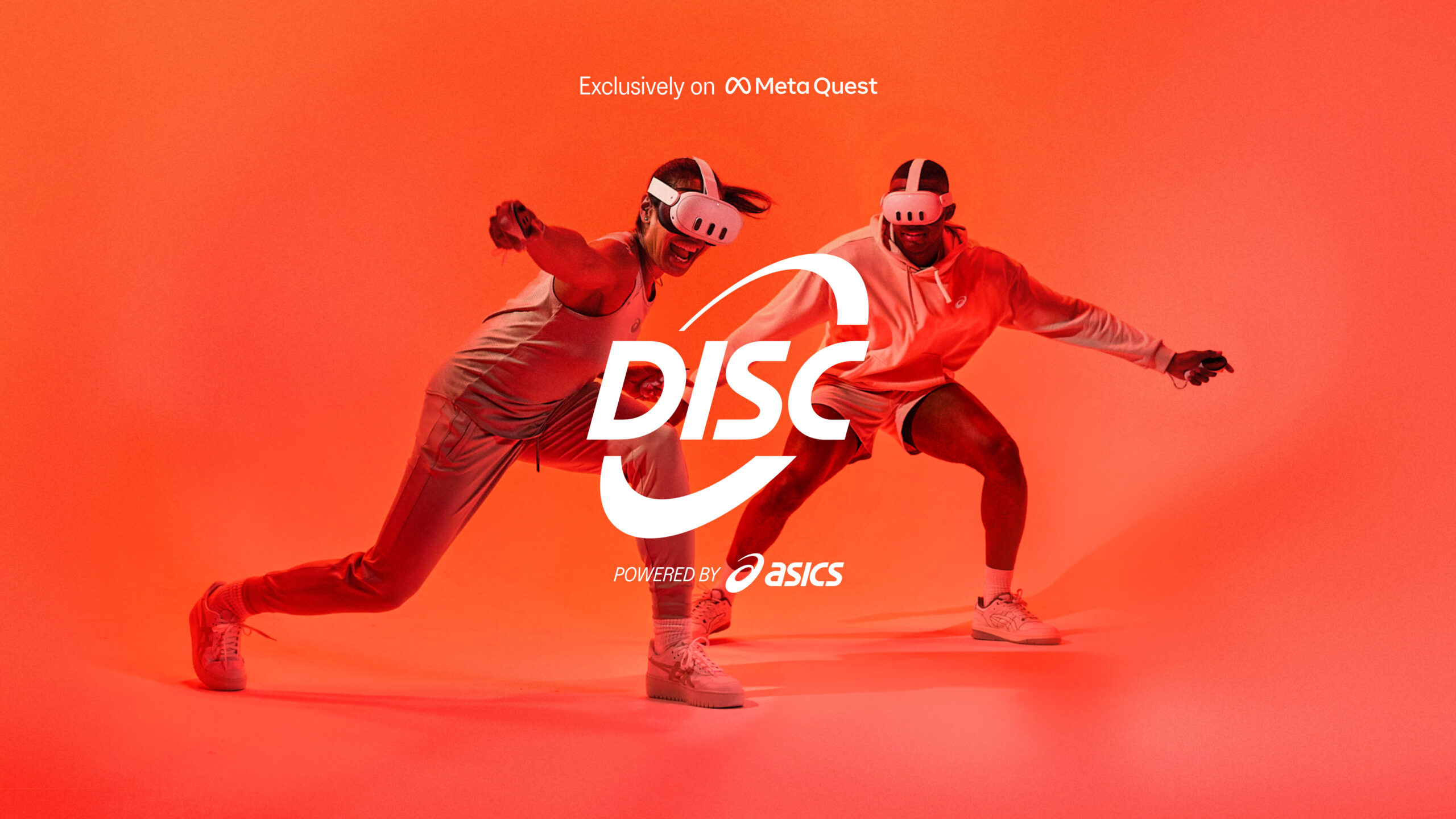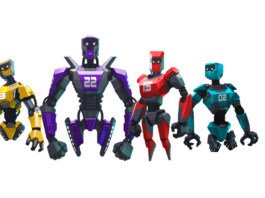When you play games and work out in VR long enough—like anything else you do that eats your energy—it can get difficult to find the motivation to keep going. Especially if you’re getting sick of the same old routine!
Luckily, you have friends. Or, at least, the ability to make a few acquaintances in Rec Room.
VR is such a great workout tool because immersing yourself in a video game is far more enticing than forcing yourself to get up and prep for/commute to a gym.
But there’s a motivational reason that many people like to tackle their workouts in classes or with friends.
So, let’s talk about some of the ways to get your friends involved with your own VR workout regimen.
After all; what’s success if you can’t share it?
BOXVR Allows Group Workouts With Friends
BOXVR is what you play when you’re looking to challenge your limits, rather than get an incidental low-intensity steady state (LISS) workout—ala most of the gamier VR games.
When you play for a full hour straight, BOXVR can burn calories in the upper hundreds and therefore should be approached as a HIIT program.
The cool thing about BOXVR is that you can do group workout sessions with your friends. Namely, your friends who also have VR systems (minus PSVR, for now).
Out of the box, this feature of BOXVR can seem sort of lacking; in its current state, you’re comparing live scoreboards, but you aren’t sharing presence with other players’ avatars. You also can’t hear other players without a separate protocol for VOIP.
You can work around that by using the Oculus party feature—or SteamVR’s equivalent, which both include VOIP by default.
Pluto Lets You Co-Exist With Friends, Even In Single Player Games
There’s a software overlay that’s currently in the works, called Pluto, which promises to let you plop your friends into your game—no matter what game you’re playing.
Here’s Pluto in action:
That means you could be playing a strictly single-player game—such as The Thrill of the Fight, or Holopoint—and, with Pluto plugged in, you’d still be experiencing it with representations of other people in your space.
Even though they can’t engage your gameplay experience directly, Pluto’s abstractions of your friends might be exactly what you need to stay on-target with your VR workout progress.
After all, sometimes it helps to have someone else in the room to give you moral support.
Play Multiplayer VR Games
This is a point that I’ve been pushing home lately, between my coverage of OrbusVR and my coverage of Rec Royale.
Online gaming adds that rewarding social layer, in addition to elements of randomness that create opportunities for emergent gameplay.
Where you might get sick of a single-player game because of a content limitation—after all, developers can only put so much stuff into their game—no single online gaming experience is exactly the same as another online gaming experience.
Video warning: NSFW!
VR compounds this—naturally—where you experience the game as being a virtual place that you can go, rather than just a game that you play in front of your computer.
When I’ve made friends in VR, I remember them as real people—despite only ever having spent time with their avatars.
I’ve recently started playing a game called IronWolf VR; a submarine simulator which is best played with four people in a multiplayer lobby.
It’s one of those hidden gems where each person walks away from a mission (a single mission can, by the way, last up to an hour) feeling more connected to the other people who you “served” alongside in that claustrophobic little submarine.
The game can be dramatic at times; rife with moments of total despair as you watch your compartment fill with water, only to be alleviated by feelings of camaraderie as you each patch up your own little corner of your boat and, together, save it from sinking into the abyss.
It can also be slow, as you consolidate your resources and sit in awe of the ocean’s isolated vastness while en route to your next objective.
The part that surprises me the most while working in the bottom level of the sub as a torpedo loader: I usually amass as much sweat on my body after an hour of play as I did the first time I played SUPERHOT last October.
But instead of it being the shock of playing a game in VR for the first time that distracts me from my unintentional workout, it’s that same sense of social camaraderie that I might achieve while playing a team sport.
I’m engulfed in the social atmosphere, engaged with the health of the ship, and I want to do my job particularly well because I want to help my teammates as much as I can. Keep in mind that torpedo loading in IronWolf is the most physically demanding job in the game.
Get Into Esports
Earlier in August, I wrote up an introductory article on VR esports. The main focus there was to help new people get into VR gaming on a competitive level.
If you haven’t read that article, here’s the lowdown: You simply work harder when you’re connected to a professional or semi-professional team.
Take the casual social connection you might feel in pickup games of Pavlov VR or Echo Arena. Playing in the VR Challenger League (or the VR Master League) is that, but multiplied by 10.
Here you’re often playing in front of a live audience and, in many cases, competing to take home a pot of money.
As such, your athletic abilities are relied upon by your teammates and vice versa—making it pertinent for you to train harder and more often for the reward of being a fantastic team player.
And sometimes, being really really good at something is the kind of motivation you need.
Check out Sonya Haskins‘ interview with Sprint Vector league player and YouTuber Codsworthless to get his take on esports in VR. (There’s also some cool info about Sprint Vector gameplay in this video!)
Conclusion
If you know about how dopamine works in your brain, then you should understand that you need a certain amount of it to feasibly motivate yourself to do anything, let alone expend energy working out.
The quality of your workout (VR or non-VR) is dependent on your ability to motivate yourself. And, especially when you feel like your app selection is slim, VR can only go so far to keep you motivated over a long period of time.
Fortunately for you, this is the perfect opportunity to make some new friends. There are plenty of ways to meet new people inside and outside of VR who’d love to join up in your quest for better health.
For example, I recently landed a new friend while casually scrolling through BigScreen, who I’ve now been playing with consistently over the past few weeks. On top of that, I’ve used Discord to meet up with a consistent group of IronWolf players who I’m now enjoying other VR games and experiences with.
Rec Room is the perfect “out” game for when I want to pop into a social atmosphere and trip over a group of players who simply want to have fun together; there are tons of them running around in there, and they tend to be inclusive.
It’s clear that your dopamine levels spike when you spend time with your friends.
If you still use Facebook, you can always peek your head into the social communities that are most appropriate for your headset.
If you use Oculus Rift, you should absolutely check out the Oculus Virtual Reality group.
Meanwhile, there are assortments of Facebook groups where HTC Vive, Vive Pro, and PSVR users can organize before meeting in VR.
Do you prefer to play in VR solo, or with friends?




